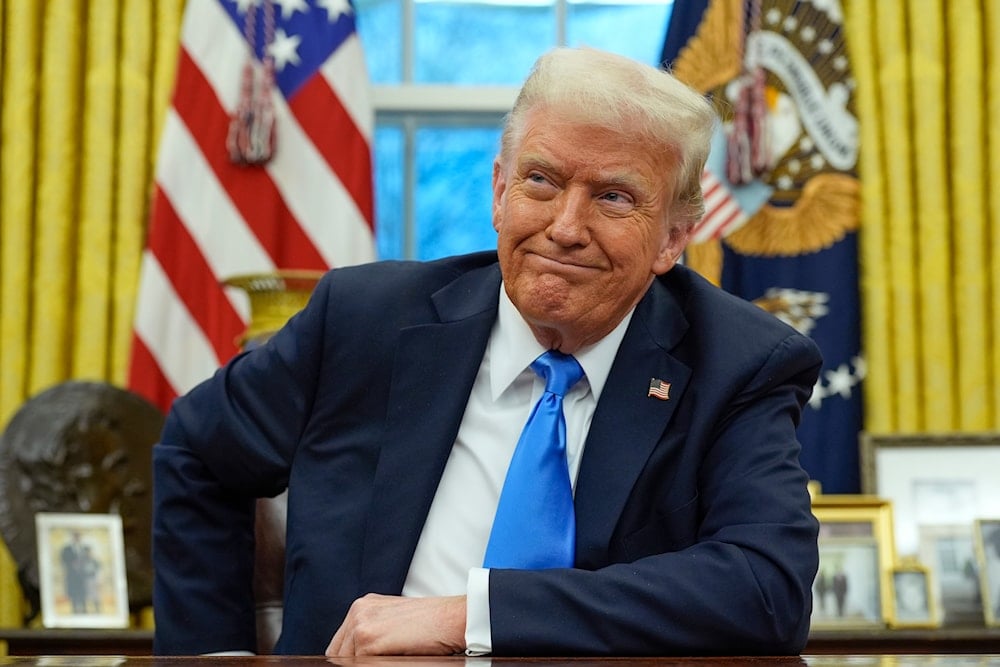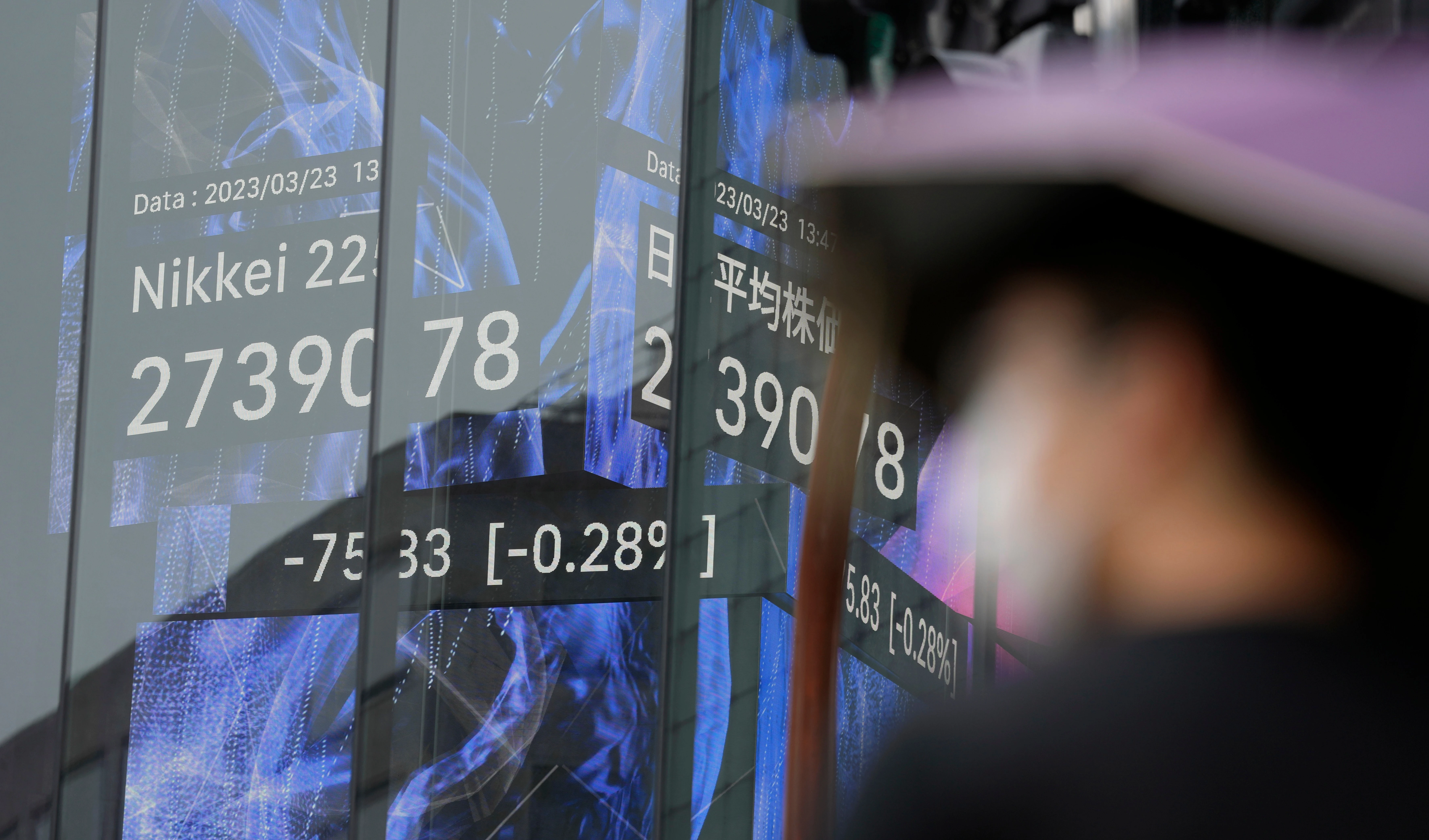Trump administration prepares US tariffs as trade war concerns grow
Trump's new steel and aluminum tariffs have raised concerns of a trade war, with other nations vowing retaliation.
-

President Donald Trump speaks with reporters in the Oval Office at the White House, on February 11, 2025, in Washington. (AP)
Donald Trump's trade advisors are finalizing plans for reciprocal tariffs, responding to the president's commitment to impose duties on all countries that levy tariffs on US imports, raising fears of an expanding global trade conflict.
Trump’s unexpected decision on Monday to impose tariffs on all steel and aluminum imports, set to begin on March 12, took markets by surprise. The move faced backlash from Mexico, Canada, and the European Union, while Japan and Australia expressed intentions to surprise markets.
Industries dependent on steel and aluminum imports quickly started seeking ways to counter the anticipated rise in costs.
Alongside these tariffs, Trump imposed a 10% tariff on Chinese goods last week, effective February 4, prompting China to implement countermeasures this week. He postponed a 25% tariff on goods from Mexico and Canada for one month, until March 4, to allow time for negotiations on measures to secure US borders and stop the flow of fentanyl.
While some US workers welcomed Monday's metal tariffs, many manufacturing-focused companies expressed concern, warning that the tariff increase would ripple through supply chains, impacting all businesses that depend on these materials.
Trump to increase tariffs
Trump announced on Monday that he would unveil reciprocal tariffs within two days on all countries that impose duties on US goods. He also stated that he was considering additional tariffs on cars, semiconductors, and pharmaceuticals.
Trade experts believe that structuring the reciprocal tariffs that Trump wants is presenting significant challenges for his team, which may explain why the new duties were not announced on Tuesday.
William Reinsch, a senior fellow at the Center for Strategic and International Studies, suggested that Trump officials might choose a simpler flat tariff rate of 10% or 20%, or pursue a more complex approach that would involve creating separate tariff schedules to match US tariffs with those of other countries.
A source tracking the tariff developments mentioned that details were still being finalized late Tuesday.
Experts believe Trump could use various legal provisions, such as Section 122 of the Trade Act of 1974, which allows a maximum flat tariff rate of 15% for six months, or Section 338 of the Tariff Act of 1930, which gives authority to tackle trade discrimination that negatively impacts US commerce, even though it has not been previously utilized.
Trump could also use the International Emergency Economic Powers Act to justify the tariffs imposed on China and those proposed for Canada and Mexico.

 3 Min Read
3 Min Read










